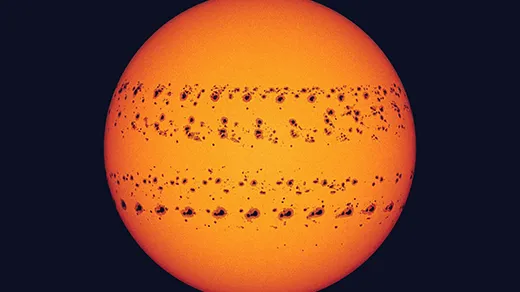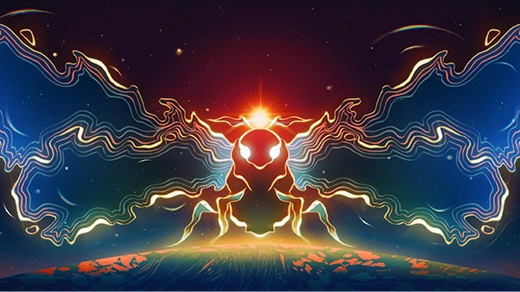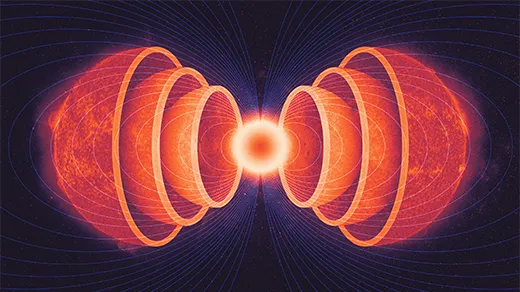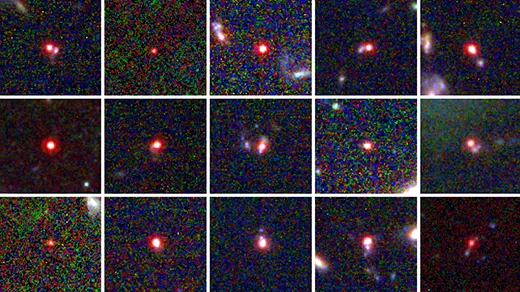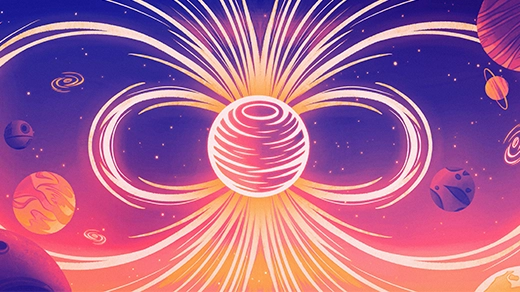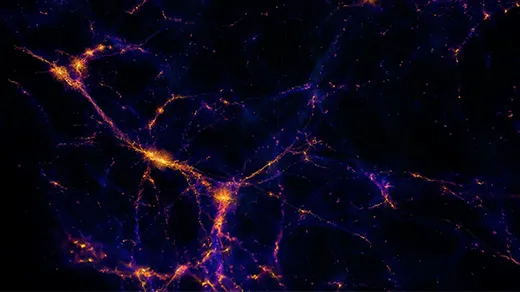What's up in
Astrophysics
Latest Articles
Rogue Worlds Throw Planetary Ideas Out of Orbit
Scientists have recently discovered scores of free-floating worlds that defy classification. The new observations have forced them to rethink their theories of star and planet formation.
In the Milky Way’s Stars, a History of Violence
Our galaxy's stars keep a record of its past. By reading those stories, astronomers are learning more about how the Milky Way came to be — and about the galaxy we live in today.
The Experimental Cosmologist Hunting for the First Sunrise
To catch even a whiff of the universe’s earliest epochs — an age of darkness, and one of new light — Cynthia Chiang builds her own equipment. Then she deploys it at the ends of the Earth.
How Scientists Are Tackling the Tricky Task of Solar Cycle Prediction
Scientists have struggled to accurately forecast the strength of the sun’s 11-year cycle — even after centuries of solar observations.
In a Monster Star’s Light, a Hint of Darkness
Astronomers are scouring the cosmos for fingerprints of the invisible — tiny clumps of pure dark matter that might solve a long-standing cosmic mystery.
Quaking Giants Might Solve the Mysteries of Stellar Magnetism
In their jiggles and shakes, red giant stars encode a record of the magnetic fields near their cores.
JWST Spots Giant Black Holes All Over the Early Universe
Giant black holes were supposed to be bit players in the early cosmic story. But recent James Webb Space Telescope observations are finding an unexpected abundance of the beasts.
Exoplanets Could Help Us Learn How Planets Make Magnetism
New observations of a faraway rocky world that might have its own magnetic field could help astronomers understand the seemingly haphazard magnetic fields swaddling our solar system’s planets.
How (Nearly) Nothing Might Solve Cosmology’s Biggest Questions
By measuring the universe’s emptiest spaces, scientists can study how matter clumps together and how fast it flies apart.



